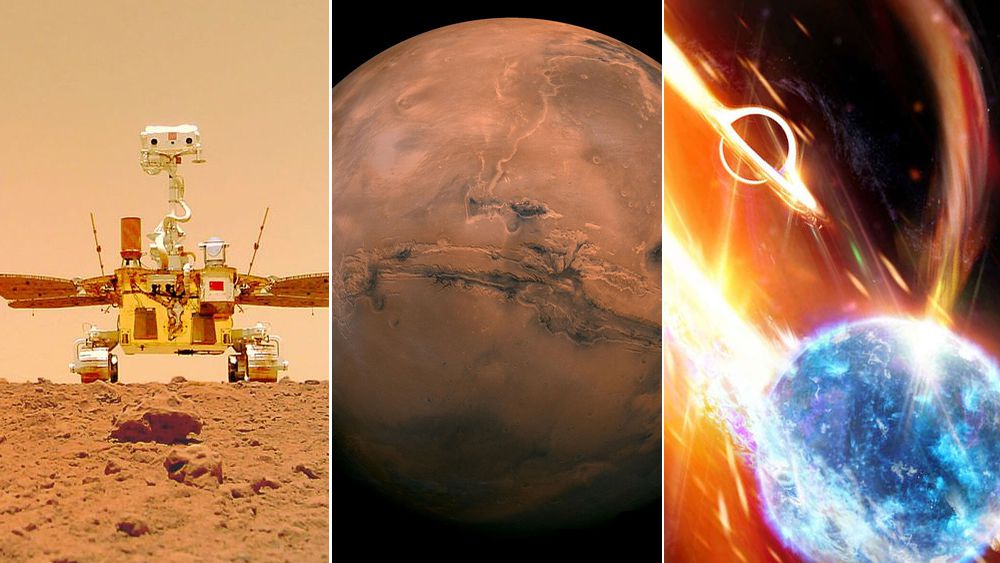Some of this last week’s discoveries will make history, or at the very least help scientists in the coming decades of research into the universe. One of them was the first proven collision detection between a Black Hole and a neutron star, two of the most massive objects in the cosmos. Another important discovery was that of a type of supernova that until then was just theory.
These and other news you find below.
With the success of the Chinese mission to Mars, the country became the first to carry out an operation to orbit, land and move a rover on the Red Planet in the first attempt. This may seem unimportant, considering that China has taken advantage of accumulations of scientific advances in recent decades, while the NASA has been trying to do this since the 1970s, but remember that Mars is a difficult planet.
If you still doubt that China’s achievement deserves recognition, remember that Mars provided us with a landing success rate of only 50%. No wonder that the minutes it takes to land a ship there are known as “7 minutes of terror”. However, this is not a competition: NASA itself, in the figure of administrator Bill Nelson, went public to congratulate China. Furthermore, their success only increases the expectation of new scientific discoveries and technological advances for humanity.
 —
—
Speaking of Chinese success, the country released some records of the landing of the rover Zhurong and other stages of the mission. In the video, we can see some stages of the landing, such as the opening of a parachute, and even the moment when the rover descends from the lander platform.
According to Jia Yang, deputy chief designer of the -1 mission, Zhurong is more independent in relation to displacement on Mars than the Chinese Yutu lunar rovers. “It will analyze each meter it travels on its own, and then advance towards the target decided on the ground,” he said. The microphone is supposed to capture the sounds of the Martian wind, but the audio we hear in this video is from the engine as the rover descends from the lander.
 —
—
For the first time in history, astronomers have been able to detect and prove a collision between a black hole and a neutron star, the most massive types of objects in the universe. This cataclysmic shock resulted in powerful gravitational waves, which traveled at the speed of light for 1 billion years to reach Earth.
As if that detection wasn’t enough, the scientists found another, within just ten days. Events are recorded by a supersensitive gravitational wave detector, which serves as a fingerprint of the colliding objects. The result of this type of event is a black hole with the sum of the mass of the two objects that collided (except part of the mass that is converted into energy to generate gravitational waves).
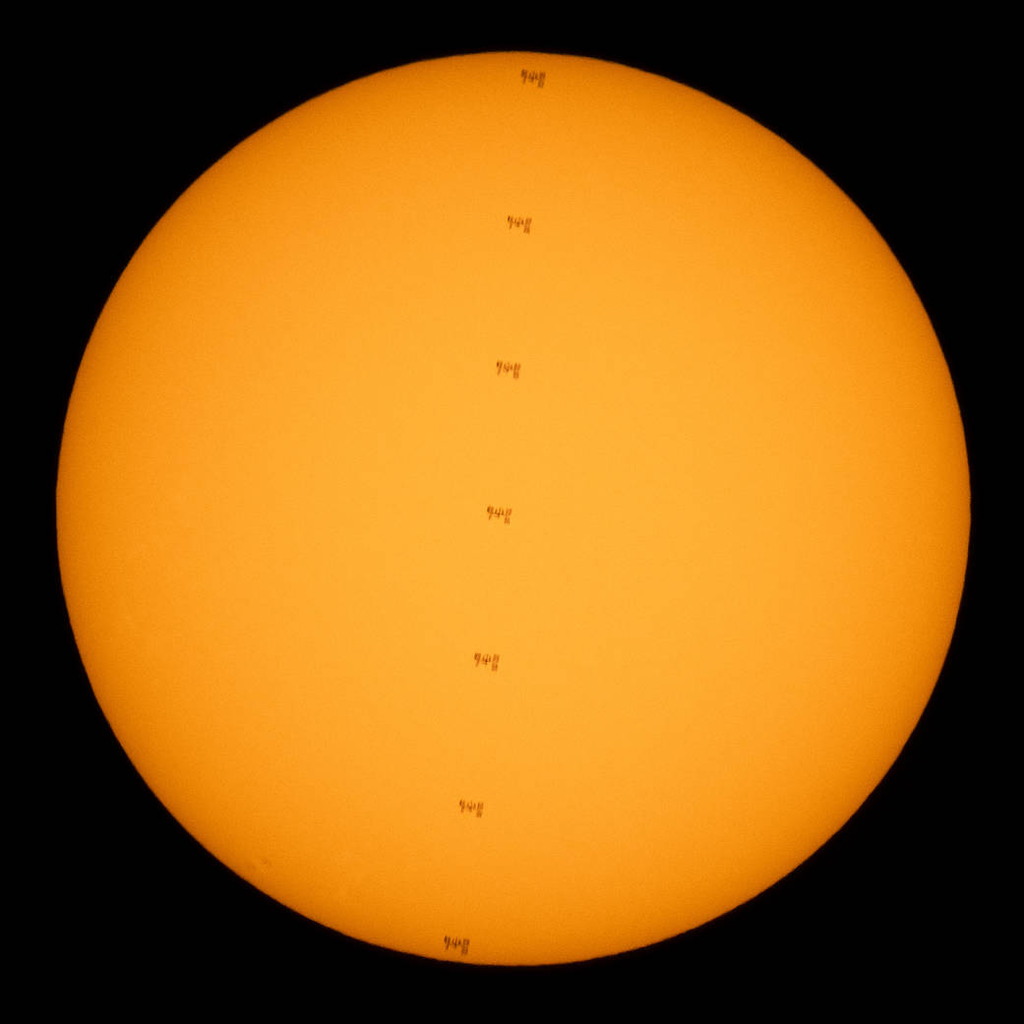
This is the kind of image that needs no praise but demands praise from the author. Joel Kowsky captured a portrait of the Sun as the International Space Station (ISS) passed in front of our star, and used several exposures which, stacked up, result in the image above. There are seven frames of an object that traveled at almost 30,000 km/h.
And during the records, two astronauts aboard the ISS were taking a spacewalk. Obviously it’s impossible to see any silhouettes of them, but we know they’re there, installing solar panels outside the space lab. The Sun has a diameter of more than 1 million kilometers, and the space station measures about 109 m from end to end, positioned approximately 400 kilometers above the surface of our planet.
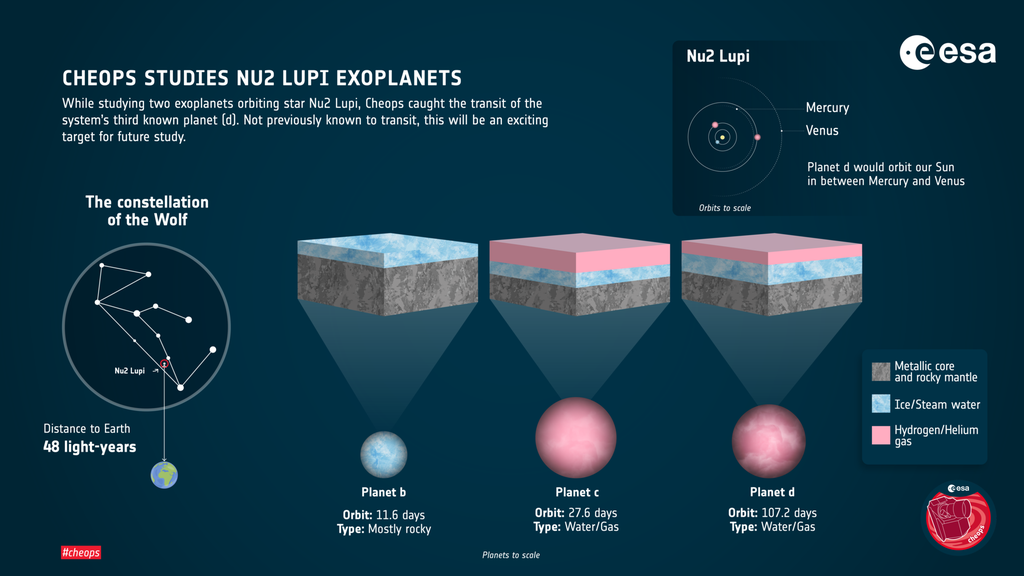
the satellite Cheops, an exoplanet hunter of the European Space Agency (ESA), recorded the third planet orbiting the star Nu2 Lupi, which is just 50 light-years from Earth, in the constellation of Lupus, the Lobo. He was exploring the other two worlds of that system when, unexpectedly, the third one passed through the starlight. This transit revealed vital details of the world that scientists called “no known equivalent”.
This discovery is one of Cheops’ first results, and is the first time that an exoplanet with a period of more than 100 days has been spotted transiting a star bright enough to be seen with the naked eye.
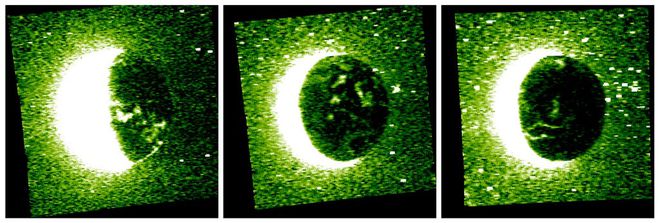
That Mars also has auroras, scientists already knew. However, there were still not many global records of this phenomenon, because the probes around Mars have very specific orbits. This is not the case for Hope, the UAE probe. It has an orbit ranging from approximately 20,000 km to 80,000 km (altitude comparable only to NASA’s MAVEN spacecraft), which allows a global view of the night side of Mars.
Martian auroras are the result of the interaction of solar particles with the magnetic field of Mars, that is, it is the same type of aurora that happens here on Earth. But there are big differences, because Mars’ magnetic field is not generated by a dynamo, like the Earth’s, but by magnetized rocks in the crust of the Red Planet. Thus, the auroras spread over much of the atmosphere, and are not concentrated at the poles.

If you were a fan of the series X file, must have gotten used to getting frustrated when protagonist Fox Mulder seemed close to finding indisputable evidence for the existence of aliens, but ended up with a red herring, or worse, with evidence being destroyed. That’s the feeling of enthusiasts who have followed the case of UFOs in the US, which has caught media attention recently.
In March, John Rathclife, former director of US National Intelligence, announced that a new report on unidentified flying object observations would be released in June. The long-awaited day arrived, with a nine-page version describing 144 military reports made between 2004 and 2021. According to the publication, most cases occurred in the past two years, after the Navy created a standardized mechanism to collect the reports. But the only case that could be explained with “a high level of confidence” was identified as a large balloon deflating.
About 20 of the objects have intriguing features, but all without a proven explanation. But there is a possibility that some of them correspond to programs of US entities that are underway, and there is no clear evidence that any of them are of extraterrestrial origin. This possibility has not been completely ruled out, however. The Pentagon task force continues to gather reports to gather more information.
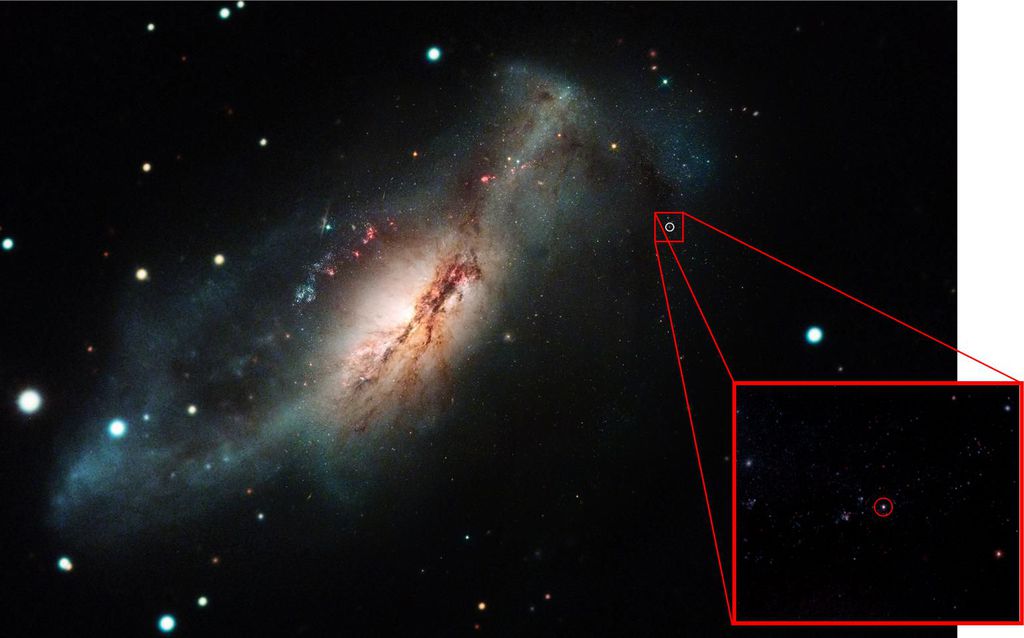
In 1980, a hitherto unknown type of supernova was predicted by Japanese astrophysicist Ken’ichi Nomoto, but no astronomer had ever encountered anything like that. It became known as an electron-capture supernova and remained only in theory until, now, 40 years later, it was confirmed for the first time.
Electron-capture supernovae occur when the nucleus runs out of fuel and gravity forces the electrons toward their atomic nuclei, causing the star to collapse in on itself. Evidence for this unprecedented type was found in a supernova detected in 2018, about three hours after the explosion, called 2018zd.
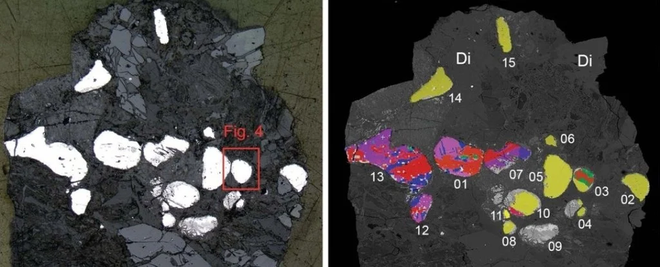
The mineral alabogdanite is part of phosphides, and has sometimes been found in meteorites that have fallen on our planet. But now this element has been found in the Dead Sea region of the Middle East. This was the first discovery of this compound on Earth, but scientists still cannot say the origin of the alabogdanite found there.
Since there is no evidence of meteorite collisions in the region where they found the mineral, the mystery is unsettling. It may be that the meteorite that brought it to Earth fell long ago and its traces were eroded away, but the riddle will remain open until some concrete evidence convinces scientists, whatever the explanation.
Read too:
Did you like this article?
Subscribe your email on Canaltech to receive daily updates with the latest news from the world of technology.
–
–
–
